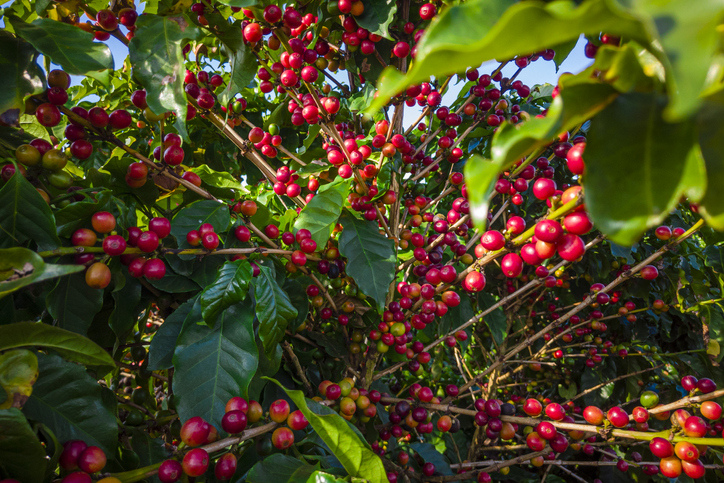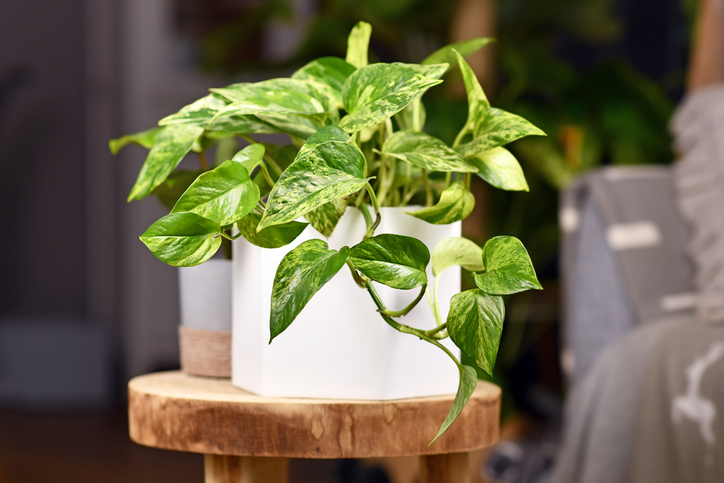New microbes discovered in coffee plants, elephant seals and mangroves
Posted on January 31, 2022 by Matt Bassett
Each month, the Microbiology Society publishes the International Journal of Systematic and Evolutionary Microbiology (IJSEM), which details newly discovered species of bacteria, fungi and protists. Here are some of the new species that have been discovered and the places they’ve been found.
For many people, the daily routine starts with a coffee. The humble coffee bean comes from two plants; Coffea arabica, and Coffea robusta, with beans produced by C. arabica, generally producing higher quality, or ‘speciality’ coffee. Researchers isolated a new endophytic actinobacterium species from the root of C. arabica, collected from the Dongmafai coffee garden in Thailand. In recognition of the discovery location, they named the new species Nocardia coffeae.

New microbes discovered in animals always feature on this blog series, but this research group discovered not one or even two, but four new species this month, all from marine mammals. The research group sampled three northern elephant seals (Mirounga angustirostris), one harbour porpoise (Phocoena phocoena) and nine California sea lions (Zalophus californianus). All four new species belonged to the genus Mycoplasma. The genus Mycoplasma belongs to the family Mycoplasmataceae of the class Mollicutes, and includes more than 125 species, known for being some of the smallest known free-living and self-replicating forms of life. While some Mycoplasma species are known to be pathogens, very little is known about their diversity in marine mammals. The research group were aiming to screen for the presence of Mycoplasma species. The new species were Mycoplasma miroungirhinis and Mycoplasma miroungigenitalium, isolated from northern elephant seals, Mycoplasma phocoenae, isolated from harbour porpoise and Mycoplasma phocoeninasale, isolated from harbour porpoise and California sea lions.

You might not have heard of Epipremnum aureum, but you may know it by its common name Devil’s Ivy, a popular house plant. Researcher’s isolated Streptomyces epipremni from the root of tissue of a Devil’s Ivy plant, collected from Bangkok, Thailand. Cells of S. epipremni are described as aerobic and form branched substrate mycelia. The colour of substrate mycelium is yellowish-brown to dark brown.

Plants were a major source of new microbes this month. Kandelia candel is a species of mangrove in the family Rhizophoraceae. K. candel yielded a new species called Stakelama flava. The new microbe was described as short rod-shaped and its colonies were circular, smooth, moist and brilliant greenish-yellow. The genus Stakelama currently contains three other species; S. pacifica, S. sediminis and S. algicida.
Wickerhamiella nakhonpathomensis is a new yeast species that was found in Coprinus sp., a mushroom, and Coffea. Samples were collected from Silpakorn University Sanam Chandra Palace Campus, Nakhon Pathom province, Thailand. Colonies were described as white to cream in colour, convex and smooth.

